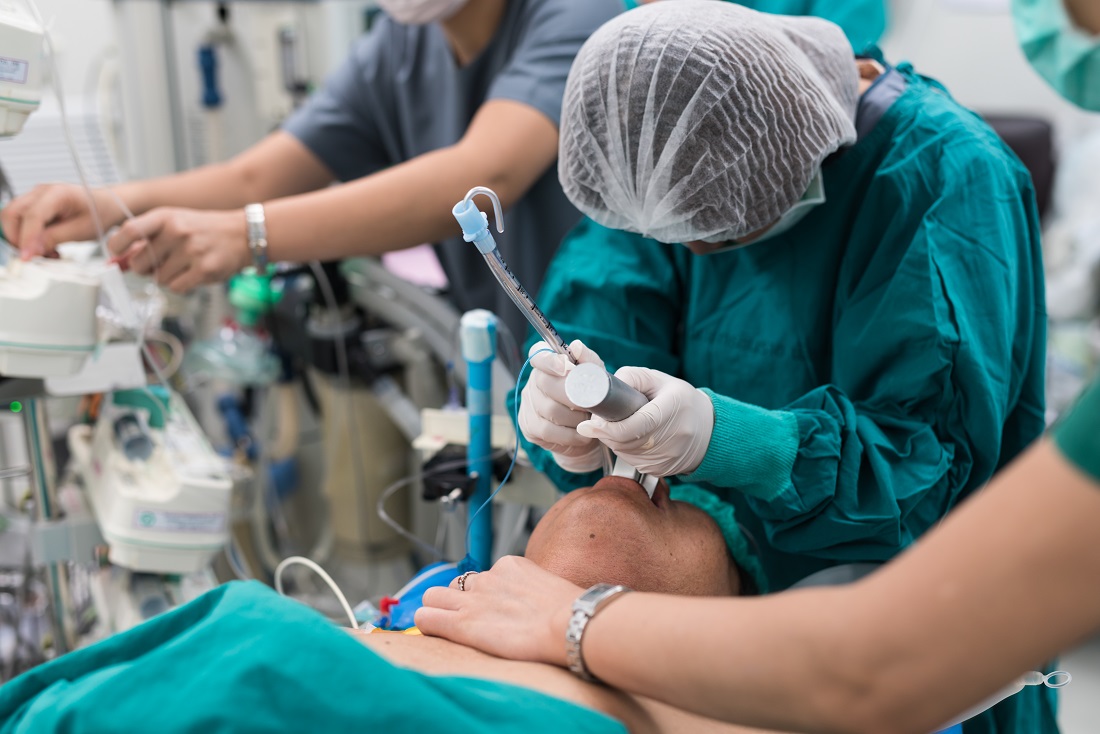
WHICH NOSTRIL TO INTUBATE?
Standard endotracheal tubes have flat left facing bevels with the tip on the right side. The turbinates are theoretically more at risk from damage when passing an endotracheal tube through the right nostril, and the septum with the left nostril . Studies have compared the rates of epistaxis during intubation and extubation, and found that the choice of nostril side made no significant difference to trauma caused.15, 35
Lim and colleagues concluded that the selection of the nostril with higher nasal flow rate (FEV(1) and FEV(1)/FVC )was associated with less epistaxis(P<0.05) and easier passage of the tube (P<0.05).35
In an attempt to successfully select the more patent nostril, Smith and Reid 31 used fiberoptic laryngoscopy to study the nostril anatomy of 60 oral surgery patients with no symptoms or signs of nasal obstruction. They found 68% had intranasal abnormalities (of which 10% were bilateral) and resulted in one nostril being more patent than the other.31 From these results, they suggested that anesthetists should consider using the fiberoptic laryngoscope to select the best nostril for nasotracheal intubation.31
All Genesis Airways use Endotracheal tubes with posterior facing bevels and introducers enabling the most patent nostril to be chosen.
